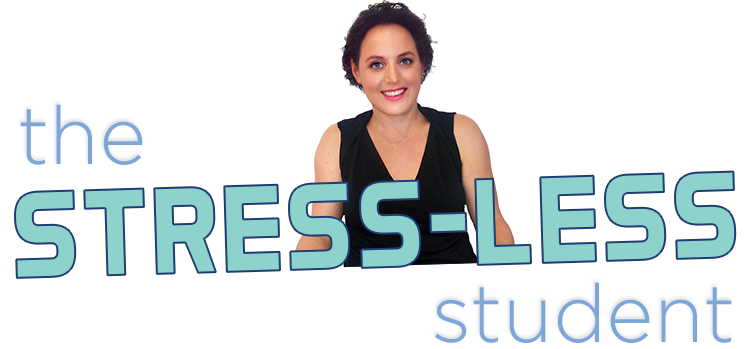 Dear All,
Dear All,
I hope that you are having a healthy, safe and somewhat relaxing summer.
For parents and students: I appreciate the added on difficulties of both parenting and learning in a pandemic. Hopefully there has been a moment this summer to catch your breath and relax a little bit.
As the school year is about a month away (sooner for some) I wanted to provide five tools that can be set up and utilized now to help the transition for a smoother Fall whether your school will be in distance learning or in person.
- Decide if you need a “maker’s” or a “manager’s” schedule. This idea was originated by Paul Graham who suggested that “makers” thrive when they have large uninterrupted chunks of time to work on a project whereas managers need their time broken up into small chunks of time. Of course, both types of schedules intersect and for students the needs may largely be based on the type of assignment and their schedule. For some students, however, a project may be more easily finished if it is broken down into smaller time/task segments whereas for other students the project may more easily be accomplished if there is a large chunk of time in which they can work uninterrupted.
- Create a distraction-free zone. Decide if it’s better if there is one designated workplace (a desk, perhaps, with all the materials necessary at your fingertips) or if a movable workspace is better. For the latter, keep all materials (pencils, pens, rules, etc) in a bin. You can work in one area on one task for a set period of time and then move the “mobile desk” to another area for a designated time.
- Keep a family calendar. If you haven’t started a calendar already, please do so. For all students, but especially if you have ADHD, knowing when you have time to work and when you have family obligations are particularly useful. Knowing when parents are available for help and when they are working also helps to reduce stress.
- Figure out what types of assignments you can do independently and when you need additional assistance. Also, figure out how much time independently you can do work on your own. Begin to build stamina by setting a timer (if they become distracted easily) and give them one small task to work on during that time.
- Reflect. It’s important that when you are building a skill or trying on a new habit that you discuss what is working and what is not! Sometimes a strategy just needs some tweaking and sometimes it needs to be scrapped and a new strategy needs to be put in place altogether.
If you would like more tips and tools or to find out if coaching is right for you please schedule your complimentary Destressify Yourself Session here.
Wishing you a wonderful week!
Warmly,
Sarah Weidman



Recent Comments